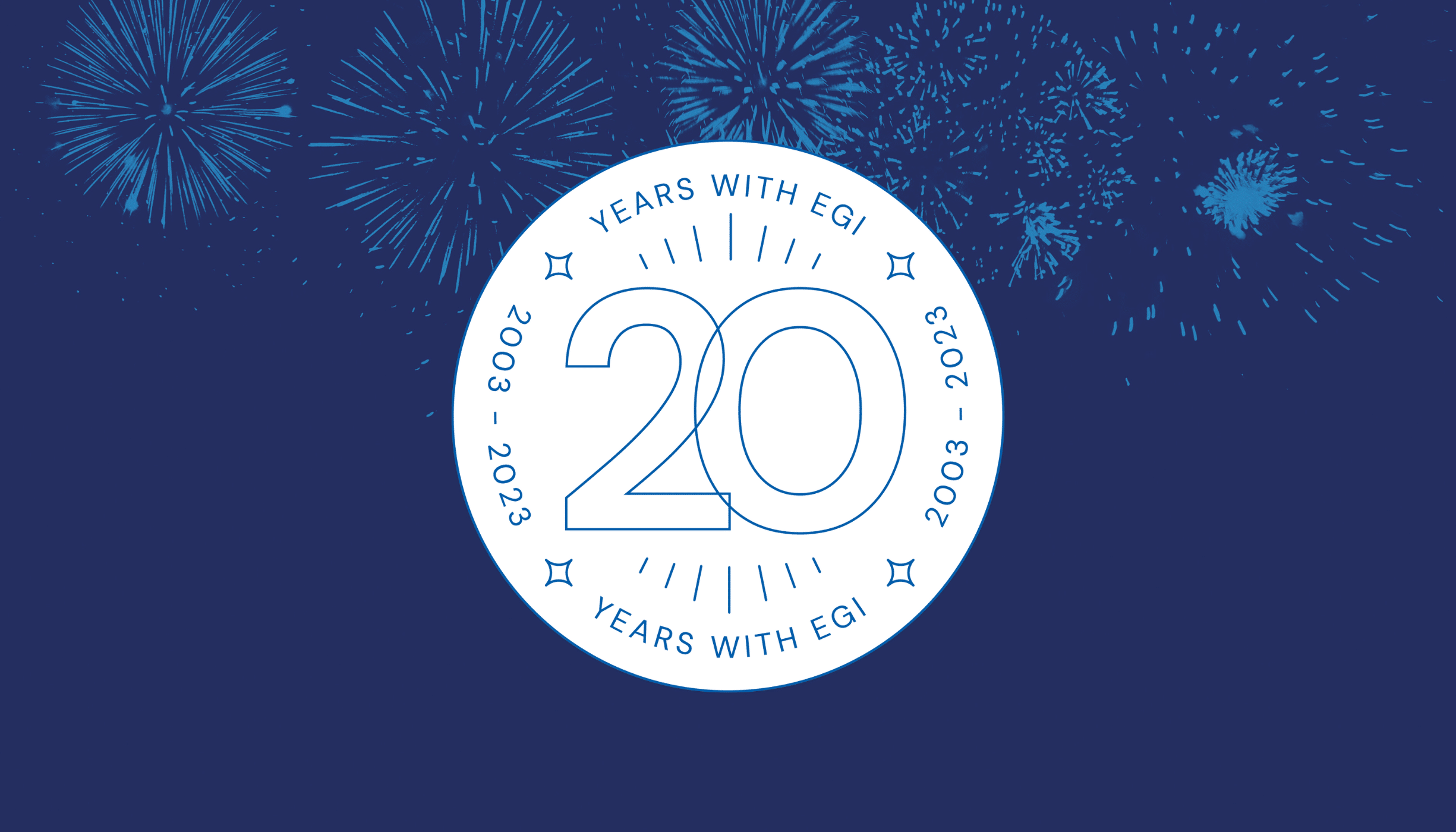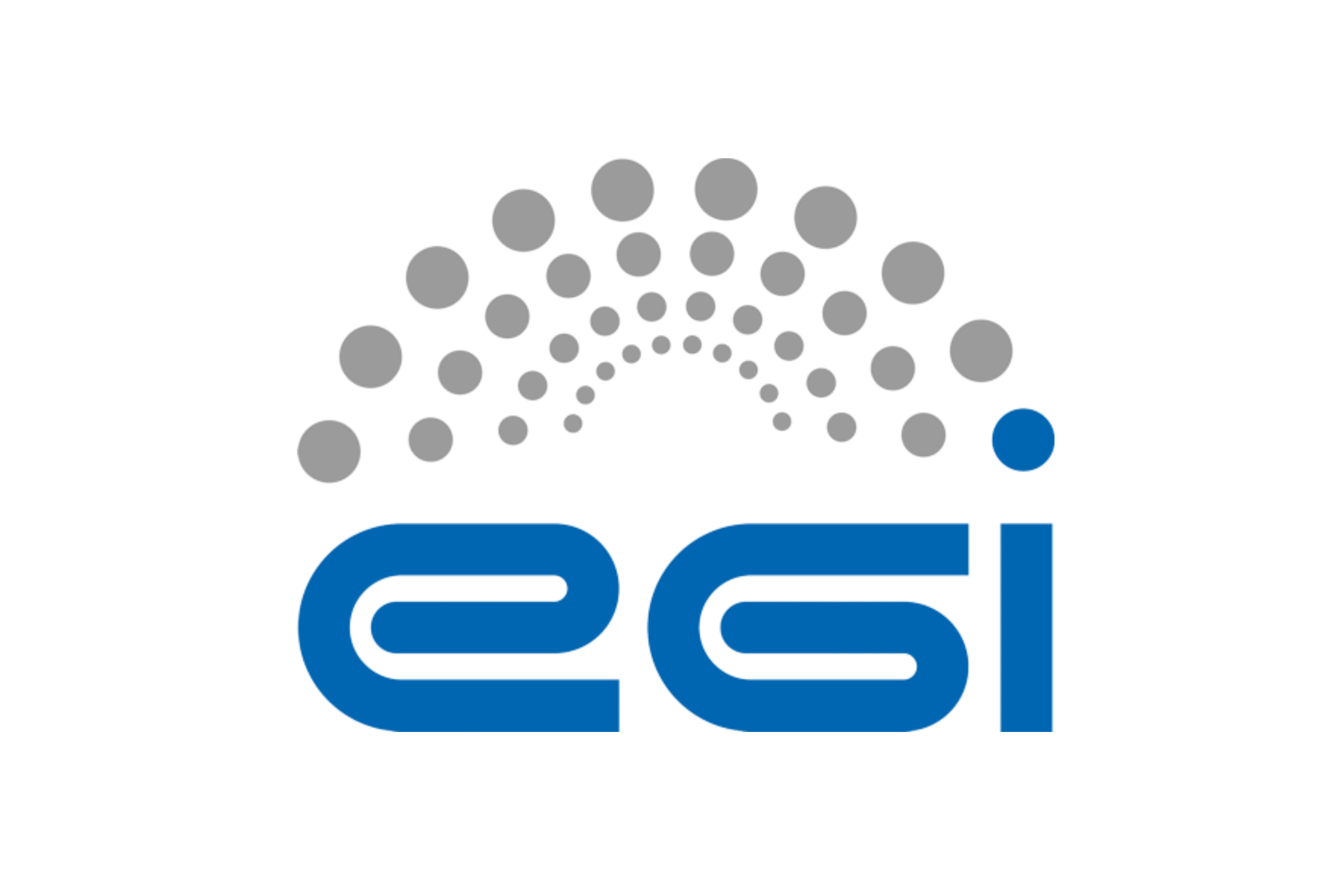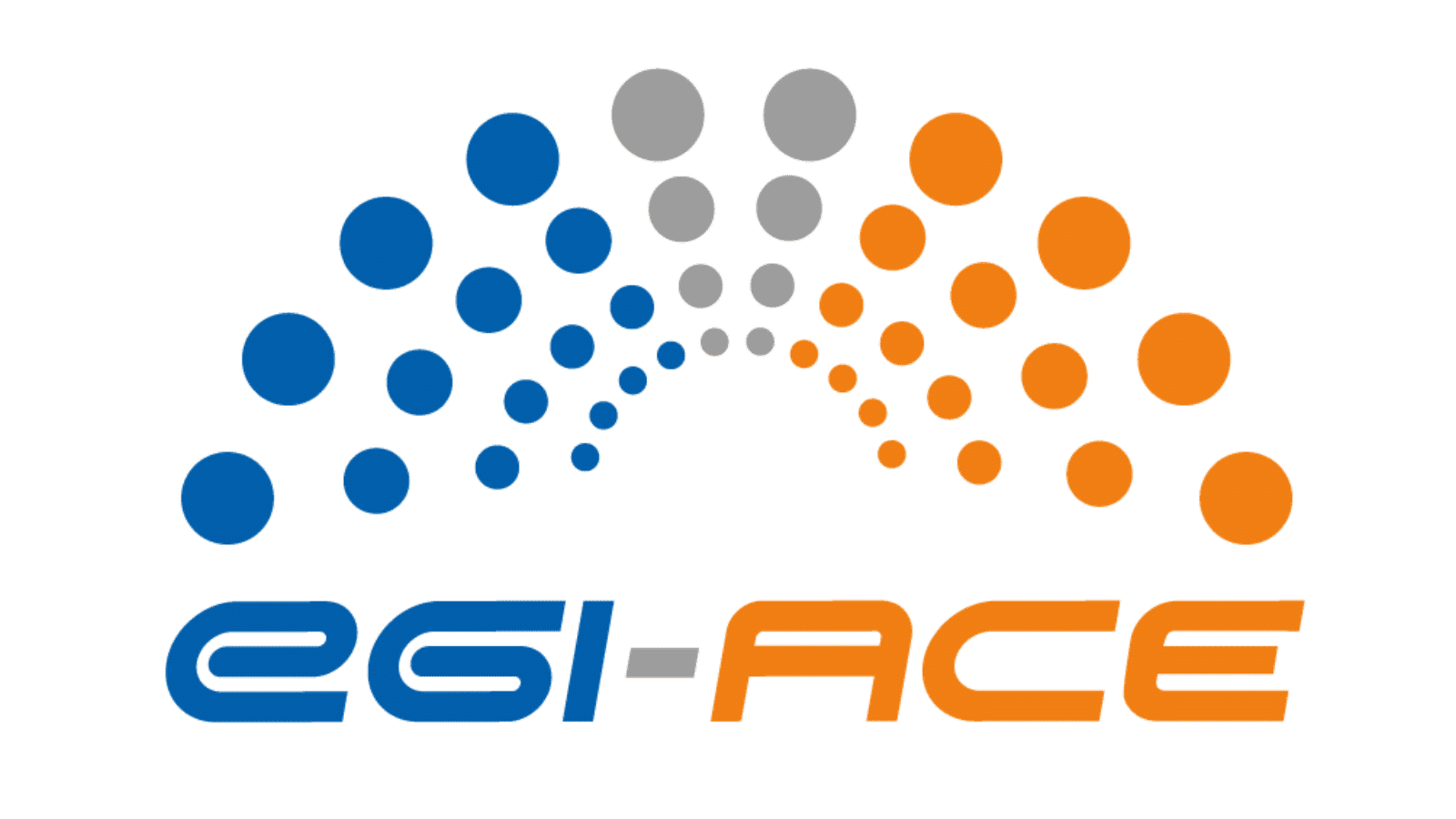We interviewed Sergio Andreozzi, Head of Strategy, Innovation and Communications at EGI Foundation, who discussed with us the establishment of a federated infrastructure for research in Europe.
Initiated in 2010, EGI-InSPIRE was the first flagship project led by the EGI Foundation, and it was crucial in forming the current EGI Federation. Building on CERN’s groundwork, it transitioned a robust, federated computing infrastructure across Europe from a project-driven initiative to a stable governance. As a member of the early team, I was involved in strategic planning and policy support, witnessing the project’s impact on EGI’s operations, service delivery, and community involvement. EGI has since evolved, incorporating cloud computing and newer technologies like containers, GPUs, ML/AI, while aligning with initiatives such as EOSC and Data Spaces.
Since its establishment in 2010, the EGI Foundation has transformed into a dynamic organisation with a rich set of professionals. It remained the custodian of the EGI Core, and it led the evolution of federated service management with the co-creation and adoption of the FitSM standard and the implementation of an integrated quality management system complying with ISO 9001, ISO 20000, and ISO 27001 standards. The Foundation has become essential for service providers within the EGI Federation to reach out and serve a wider set of disciplines. This journey is distinguished by continuous innovation and collaboration through a large portfolio of projects, highlighting our commitment to supporting a diverse range of research needs.
The EGI Federation is not just an open ecosystem with stable governance; it is a transformative platform for collaboration and innovation. It democratises access to large-scale computing across various research fields, fostering an environment where resources and expertise are shared. This collaboration transcends geographical and disciplinary boundaries, accelerating scientific discovery and innovation. It is a space where ideas converge, leading to advancements in research and technology that are openly available.
The EGI Federation is crucial for European science and research, closely aligning with the European Research Area’s objectives. EGI forms a cornerstone for the European Science Cloud (EOSC), contributing significantly to both the EOSC Core and the delivery of innovative research services through the EOSC Exchange. Additionally, EGI collaborates with various research infrastructures, assisting in their data-intensive research strategies and services. It also serves as a hub for numerous collaborative projects, encompassing service delivery, user support, training, and policy and strategy advice.
The EGI Federation is advancing towards supporting data-intensive science with a broader range of capabilities. This includes integrating high-performance computing (HPC) and expanding to applications like Digital Twins. AI is poised to transform both the management of infrastructure and research methodologies. While current projects drive incremental innovation, the SPECTRUM project (to start in January 2024) is set to shape our long-term vision, keeping EGI at the forefront of technological and scientific advancement.
EGI needs to collaborate with a broad spectrum of entities to navigate the evolving landscape. Essential partnerships include other pan-European e-infrastructures for supporting data-intensive science across the entire research lifecycle. A continued cooperation with the EOSC Association will be essential to keep developing a valuable EOSC for research. Liaising with the EuroHPC initiative is crucial for expansion in the high-performance computing (HPC) sector. Additionally, collaborating with data providers from research infrastructures and institutions focusing on quantum computing is vital for growth into the compute and data continuum. EGI also needs to strengthen its cooperation with commercial cloud providers as they increase their presence in the research domain. Last but not least, it is vital to remain engaged with funders who can ensure that the necessary financial resources are available and that there are aligned agendas for integrating national and European investments. Engaging with these entities will support a comprehensive and open ecosystem for advancing research.
Thanks, Sergio, for diving into the early years of the EGI Federation and offering some forward-looking insights on what we can expect for the next few years.







